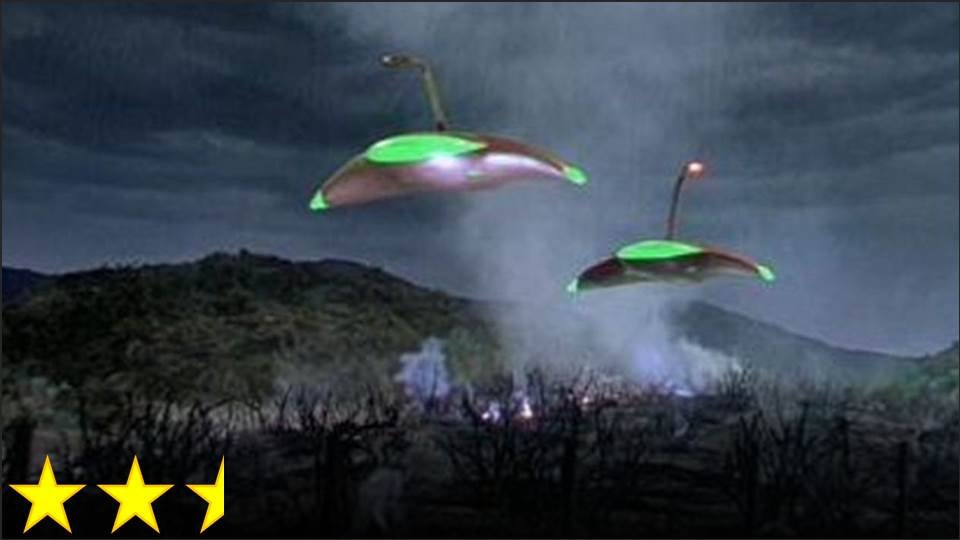Some films are great entertainment, and others are high art, but some just need to serve a function. This film is functional: it puts the spectator in a Christmas mood. Using many of the tools and tricks of other classic musicals of its day, regurgitating old tropes, it makes the viewer want to watch it not for its own value, but because it is clearly the kind of film that ought to be on the TV set during the holidays. It has the usual problems of musicals from the 1950s, most noticeably unnecessary musical numbers, and it has a heaping dose of the 1950s’ nostalgia for older times, even though those older days were far worse than the film’s own time. Heck, if I have to watch one more classic movie that tries to romanticize minstrel shows, I might vomit.
Still, as one would expect, it has some amount of good music, good performances, and good visuals. Danny Kaye demonstrates why he is an underrated legend of the silver screen, and the finale even grabbed my heartstrings a little. At the end of the day though, the film isn’t trying too hard to be very good, and I hesitate to say it is good. This was never anyone’s passion project. It’s just fluff. Fortunately, once the holidays roll around, I’m kind of in the mood for fluff.





